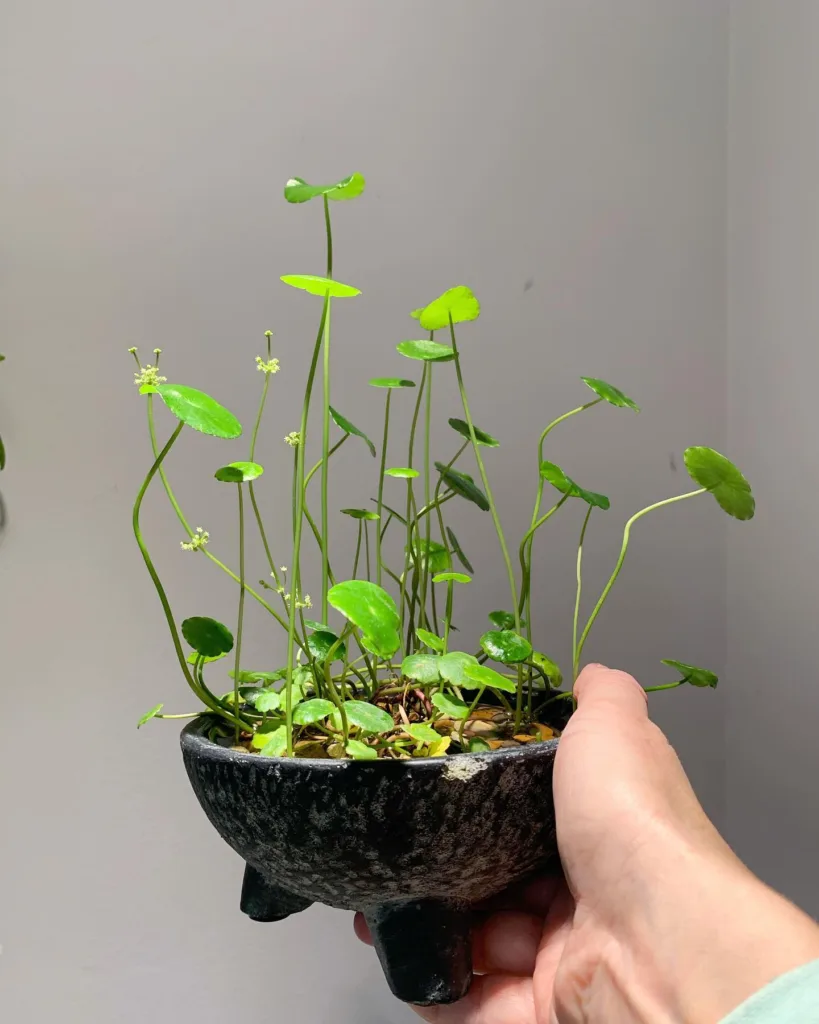Exploring the Erythroxylaceae Family: A Personal Journey
As an avid plant enthusiast, I’ve always been fascinated by the diversity and complexity of plant families. One family that particularly caught my attention is Erythroxylaceae. This family is not just unique in its characteristics but also plays a significant role in various ecosystems. Let me take you on a journey through the Erythroxylaceae family, focusing on its notable genera: Aneulophus, Erythroxylum, Nectaropetalum, and Pinacopodium.
What is Erythroxylaceae?
The Erythroxylaceae family, often overlooked, includes shrubs and small trees primarily found in tropical and subtropical regions. With over 200 species across its genera, this family is rich in biodiversity. The plants in this family are known for their distinct characteristics, including alternate leaves and small flowers, which typically grow in clusters. The most famous member of this family is Erythroxylum coca, the source of cocaine, which gives this family a complex and somewhat controversial reputation.
Aneulophus: The Lesser-Known Gem
I first encountered Aneulophus during a trip to a tropical botanic garden. This genus is less well-known compared to others in the family, but it intrigued me with its unique foliage and flowering patterns. Aneulophus species are often characterized by their small, delicate flowers and glossy leaves. They thrive in well-drained soils and are usually found in forest understories.
What captivated me most about Aneulophus was its adaptability. I learned that these plants can tolerate various light conditions, making them suitable for cultivation in different settings. Whether you have a sunny garden or a shaded area, Aneulophus can bring life to your space. I decided to bring home a small plant, and it has since flourished in my garden, showcasing its beautiful leaves.
Erythroxylum: The Star of the Family
271 Species in Genus Erythroxylum
Erythroxylum is undoubtedly the most prominent genus within the Erythroxylaceae family. It consists of numerous species, many of which are economically significant. The most famous is Erythroxylum coca, used for its alkaloids, primarily cocaine. However, there are many other species that have culinary and medicinal uses.
I have always been fascinated by the dual nature of Erythroxylum. On one hand, it is a source of controversy due to its association with cocaine production; on the other, it offers various benefits in traditional medicine. For instance, indigenous cultures in South America have used coca leaves for centuries to alleviate altitude sickness and fatigue. This cultural significance adds another layer of appreciation for the genus.
In my exploration, I also discovered species like Erythroxylum leaf, which are used in herbal teas. The refreshing flavor and potential health benefits of these leaves have made them a staple in my kitchen. Exploring Erythroxylum has shown me the importance of respecting nature and its gifts while being mindful of the ethical implications of certain species.
Nectaropetalum: A Sweet Surprise
*Next, I delved into the genus Nectaropetalum, which piqued my interest with its name. As the name suggests, it produces flowers that attract pollinators with their nectar. I had the pleasure of observing these plants in bloom at a botanical exhibit, where I noticed bees and butterflies flocking to the blossoms.
What makes Nectaropetalum special is its ecological role. It plays a crucial part in supporting local wildlife. By planting Nectaropetalum in gardens, we can create a haven for pollinators, which are vital for our ecosystems. This realization inspired me to incorporate more native plants into my garden, fostering a biodiversity-friendly environment.
Pinacopodium: The Mysterious Outlier
Finally, I want to share my experience with Pinacopodium. This genus is relatively obscure and has fewer species than its counterparts. I stumbled upon Pinacopodium while researching rare plants and was instantly captivated by its unique morphology.
The few species within Pinacopodium are primarily found in tropical regions, showcasing distinctive leaf structures that set them apart from other genera. I find it fascinating how these plants have adapted to their specific environments. They thrive in niches where other plants may struggle, showcasing nature’s resilience.
Adding Pinacopodium to my collection was a challenge but rewarding. Their unique appearance has made them conversation starters among fellow plant enthusiasts. Exploring this genus has broadened my understanding of the Erythroxylaceae family and the diversity within it.
Conclusion: A Family Worth Discovering
The Erythroxylaceae family has proven to be an exciting and diverse field of study for me. Each genus—Aneulophus, Erythroxylum, Nectaropetalum, and Pinacopodium—offers unique traits and stories that contribute to the family’s significance.
My journey through the Erythroxylaceae family has deepened my appreciation for plant diversity and ecology. Whether you are a seasoned horticulturist or a budding plant enthusiast, I encourage you to explore this fascinating family. There is much to learn, and who knows, you might find a new favorite plant along the way.
If i die, water my plants!



